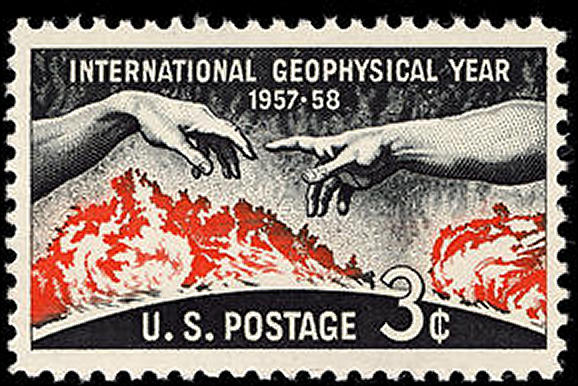[New to the Journey? Read this for a brief introduction!]

by Kaye Dee

An aerial view of the Expo 70 site in Osaka
In just three weeks, on 15 March, World Expo 1970 will open in Osaka, Japan, the first time that a world’s fair has been held in Asia. This event is intended to welcome the world to Japan as a celebration of the massive strides the country has made in national re-development since the War. One of Japan’s latest achievements took place only two weeks ago – the launch of its first satellite!
Yes, Japan has now joined the Space Club, as the first Asian nation to put a satellite into orbit. Not only that, but Japan becomes only the fourth country to have launched its own satellite using a home-grown launch vehicle!
The small satellite, named Ohsumi for the peninsula on the island of Kyushu from which it was launched, was lofted on a four-stage Lambda 4S solid-fuel rocket on 11 February. The launch site, known as the Kagoshima Space Centre, is located in Kagoshima Prefecture at the southernmost end of the island of Kyushu, near Uchinoura. It’s been the home of Japan’s space launch activities since 1962.
At this point, you are probably thinking that you’ve never heard anything before about Japanese space activity – and that would be no surprise, as the Western media, unfortunately, pays little attention to Asian nations outside of reporting on conflicts and (supposed) Communist threats. So you might be surprised to know that Japanese interest in space exploration goes back to the mid-1950s.
Continue reading [February 26, 1970] Made in Japan! (Ohsumi, first Japanese satellite)

![[February 26, 1970] Made in Japan! (Ohsumi, first Japanese satellite)](https://galacticjourney.org/wp-content/uploads/2025/02/Ohsumi-1-3-672x372.jpg)


